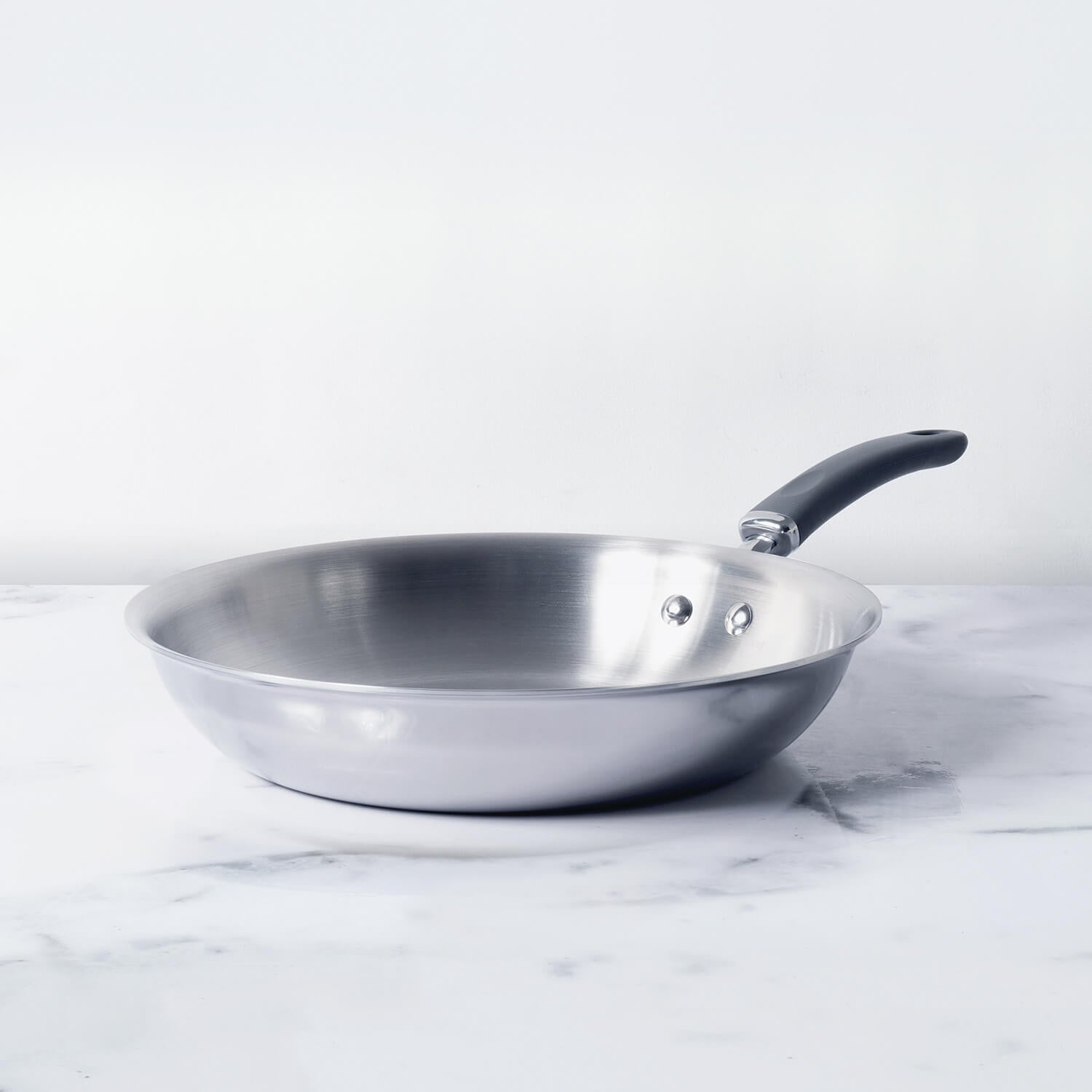Pongal is more than just a dish—it is a celebration of harvest, abundance, and togetherness, especially in the southern states of India. Most notably prepared during the Pongal festival in Tamil Nadu (usually in January), this dish is symbolic of prosperity and gratitude for a bountiful harvest. It is traditionally offered to the Sun God as part of thanksgiving rituals.
Pongal comes in two popular variations:
-
Ven Pongal (Savory Pongal) – A comforting dish made from rice and moong dal, tempered with black pepper, cumin seeds, ginger, and ghee. Often served as a breakfast dish or prasadam in South Indian temples.
-
Sakkarai Pongal (Sweet Pongal) – A festive version made with rice, moong dal, jaggery, cardamom, ghee, and garnished with cashews and raisins.
Both versions are soft, semi-mushy, and rich in flavor, and achieving the perfect consistency is key—which is where a good pressure cooker comes in.
Table of Contents
Why Use a Pressure Cooker for Pongal?
Pongal requires both rice and moong dal to cook down together into a smooth, melt-in-mouth texture, without being dry or too watery. Using a pressure cooker ensures:
-
Even Cooking: Dal and rice are cooked uniformly, softening completely.
-
Time Efficiency: Traditional pot cooking takes longer and requires more attention; a pressure cooker speeds up the process.
-
Perfect Texture: The slightly mushy, creamy consistency that defines Pongal is best achieved under pressure.
-
Flavor Infusion: In savory Pongal, tempering and ghee mix beautifully with the soft rice-dal base when cooked in a sealed environment.
The Best Cooker for Pongal: Meyer Presta Stainless Steel Pressure Cooker
For a dish like Pongal, where consistency and ease of cooking matter the most, the Meyer Presta Pressure Cooker is an excellent choice.
Key Features for Pongal Cooking:
-
Tri-ply Stainless Steel Body: Ensures uniform heat distribution, essential for cooking dal and rice together.
-
Sturdy Build & Safety: Offers reliable pressure control and sturdy handles for safe handling.
-
Food-Safe Interior: Doesn’t react with acidic or jaggery-based ingredients, preserving the taste and safety of the food.
-
Non-Stick-like Cooking: Its thick base prevents scorching or sticking, even during slow-cooked sweet Pongal.
How to Make Pongal in a Pressure Cooker
Ingredients for Ven Pongal (Serves 2–3):
-
½ cup raw rice
-
¼ cup yellow moong dal (dry roasted lightly)
-
3–3.5 cups water
-
1 tsp grated ginger
-
½ tsp black pepper (whole or crushed)
-
1 tsp cumin seeds
-
1–2 tbsp ghee
-
Salt to taste
-
A few curry leaves and a pinch of asafoetida (optional)
-
Cashews (optional, fried in ghee)
Method:
-
Wash rice and dal together and keep aside.
-
In the Meyer Presta Pressure Cooker, heat a little ghee and roast the moong dal for a minute (if not pre-roasted).
-
Add rice, water, salt, and grated ginger. Stir well.
-
Close the lid and pressure cook for 3–4 whistles on medium heat.
-
Let the pressure release naturally.
-
In a separate tadka pan, heat ghee, add cumin seeds, pepper, curry leaves, asafoetida, and cashews. Pour this tempering into the cooked Pongal and mix well.
Adjust water if you prefer a thinner or thicker consistency.
Meyer Anzen Ceramic Coated Cookware 20cm Frypan
How to Make Sakkarai (Sweet) Pongal:
Use the same base (rice and dal cooked together), then add jaggery syrup, cardamom, ghee, and fried dry fruits after cooking. Let it simmer until it thickens slightly and becomes fragrant.
Conclusion
Pongal is a dish that beautifully balances simplicity and richness. Whether you’re preparing it for a festival or as a daily comfort meal, the Meyer Presta Pressure Cooker helps you achieve the right softness, flavor absorption, and ease without the risk of overcooking or burning.
Its versatility and durability make it a great investment not just for Pongal, but for a wide range of Indian meals like khichdi, dal, sambar, and even desserts.












Leave a comment